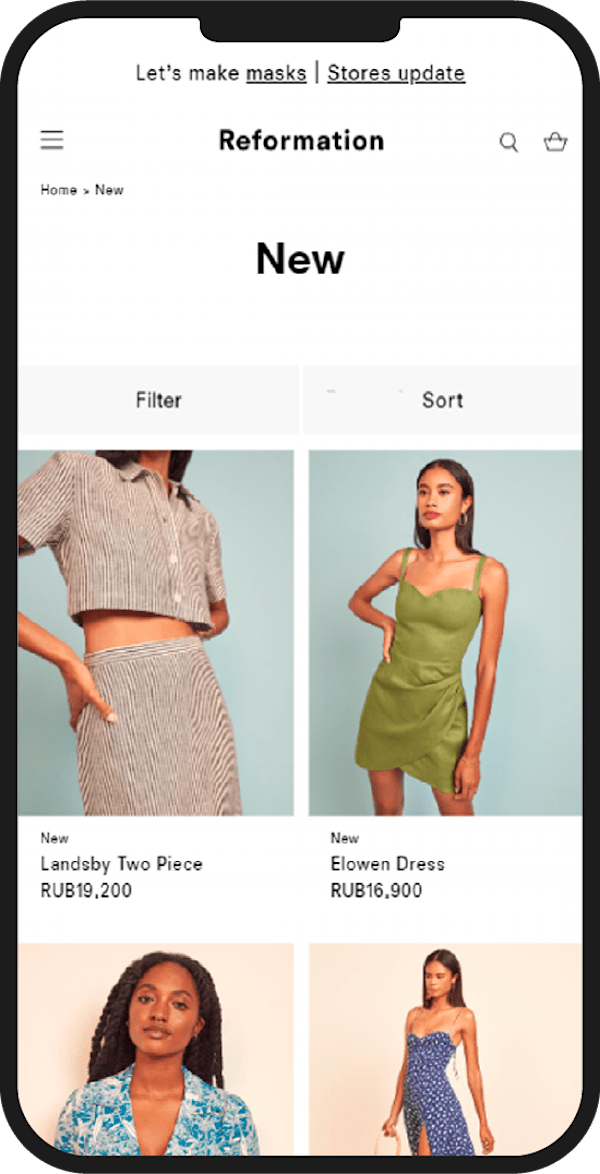Attention is a scarce and incredibly valuable commodity. In nearly every online interaction you get one crack at getting and keeping a person’s attention. There are plenty of design and copy tricks you can rely on to get, and keep, a person’s attention. And, once you’ve got them, there’s optimizations.
Creating an optimized web experience can be labor-intensive and costly. Oftentimes, the effort vs. ROI is the primary reason many brands are unwilling to dedicate more resources to improving web page performance.
Cloudinary’s automated performance optimization drastically reduces the time and effort needed to optimize a website.
Let’s look at five common challenges companies of all sizes face when it comes to performance optimization.
Creating asset variations for every device, channel, and bandwidth is impossible. No marketing team can possibly manually upgrade or downgrade media from one format to another (e.g., a video needing to go from 1080p resolution to 720p due to poor connectivity), especially when your brand relies on three or four different image formats to tell its stories.
Size isn’t the only variation issue. Does your team know the best image and video file formats for each device and browser type? If your brand is like most others, your creatives, SEO team, and digital marketing resources are often pressed for time. The all too common time crunch we all experience often results in overlooking variables like formatting, file type, bandwidth, etc. In the name of expedience teams will create a single resolution type widely accepted as the most optimal one for all touchpoints. Unfortunately, this approach results in:
- Less-than-ideal click-through rates (CTR)
- Low engagement rates
- High bounce rates
Cloudinary’s performance optimization technology delivers visual media assets in the format and quality best suited for any device, browser, and connection speed.
Selecting the correct format for visual assets is difficult. Today’s creative teams need to consider all the possible variations for both online and offline access by a variety of devices.
The good news is this work – on demand, programmatically – and in real-time is possible with a little preparation and the right technology.

Case in point, e-commerce platform, Jane.com. This boutique marketplace hosts multiple sellers, each with their own product lines. Given the volume of imagery and the ever-changing nature of their customers’ product lines, it’s vital that they be able to resize assets at a monumental scale.
Jane uses Cloudinary for its image and video delivery and optimization that helps with customer retention and sales.
“The images are what retain people on the site. Better images, lower bounce rate. Better images, better click through rate. So images are everything for us. When we started looking at how best to transform and optimize all of our images, Cloudinary was a slam dunk.” — Jenn Parry, VP Engineering, Jane.com
The speed your web pages load is a key factor in getting your e-commerce site to rank in search results. One tactic to earn the coveted top spot is having a lightning-fast, smooth-to-load page.
Another is to pay close attention to Core Web Vitals (CWV). CWVs are the metrics Google uses to assess the user experience. The metrics are:
- Largest Contentful Paint (LCP). LCP measures the time it takes to load a page’s primary content—usually a large visual element. It should ideally load in 2.5 seconds or less.
- First Input Delay (FID). FID refers to the amount of time a web page takes to become interactive, (e.g., when a visitor engages with a video) and it should be less than 100 milliseconds.
- Cumulative Layout Shift (CLS). CLS assesses any unexpected shift of visual content that occurs during page load and assigns a corresponding score. The lower a web page’s score, the more stable the layout. An acceptable CLS score should be below 0.1.
Reformation, a Los Angeles-based fashion brand, achieved significant CWV improvements after switching to Cloudinary, including:
- Pages loaded 31% faster
- Google PageSpeed score, another algorithm in the SEO equation, increased by 26%
- The size of all images on its site decreased by 60%

Another way marketing teams can improve SEO is to create search-friendly URLs and meta tags. Cloudinary simplifies and accelerates these processing tasks when assets are uploaded to the platform.
To prevent errors when entering keywords in metadata fields, Cloudinary copies existing embedded metadata, then automatically identifies metadata from file names to generate SEO-friendly URLs.
This is the shortest-distance-between-two-points-is-a-straight-line optimization, and Cloudinary does this automatically.
What this means is that Cloudinary leverages an extensive global delivery network through our multi-CDN solution. By dynamical switching between CDN providers, traffic is routed via the fastest-possible path.
There are numerous upsides to the comprehensive global delivery network that only Cloudinary can provide, like minimal interruptions, the use of multiple CDNs without having to manage multiple vendors, and the ability to serve content in countries that require special agreements between internet service providers, governments, and CDNs.
Performance optimization solutions don’t have to be a, “nice to have.” Rather, they should be viewed as an essential. The Cloudinary platform has the capabilities necessary to take the effort out of the optimization process along with the data and knowledge accumulated from years of optimizing some of the world’s top brand’s sites.
Contact us today to see how Cloudinary can automate the optimizations that improve your brand’s performance.



